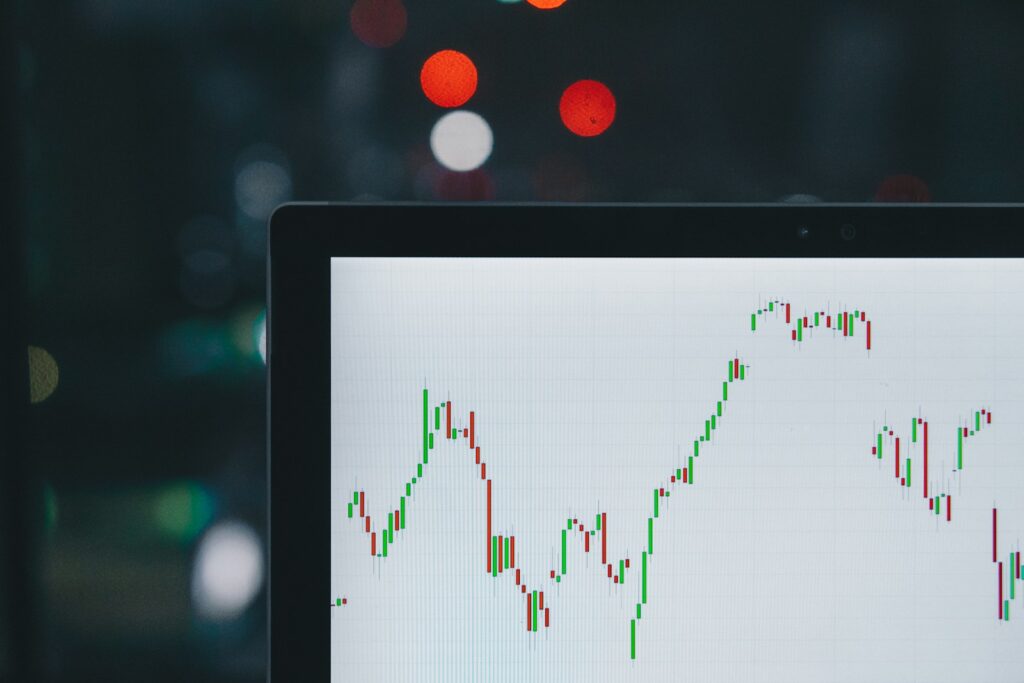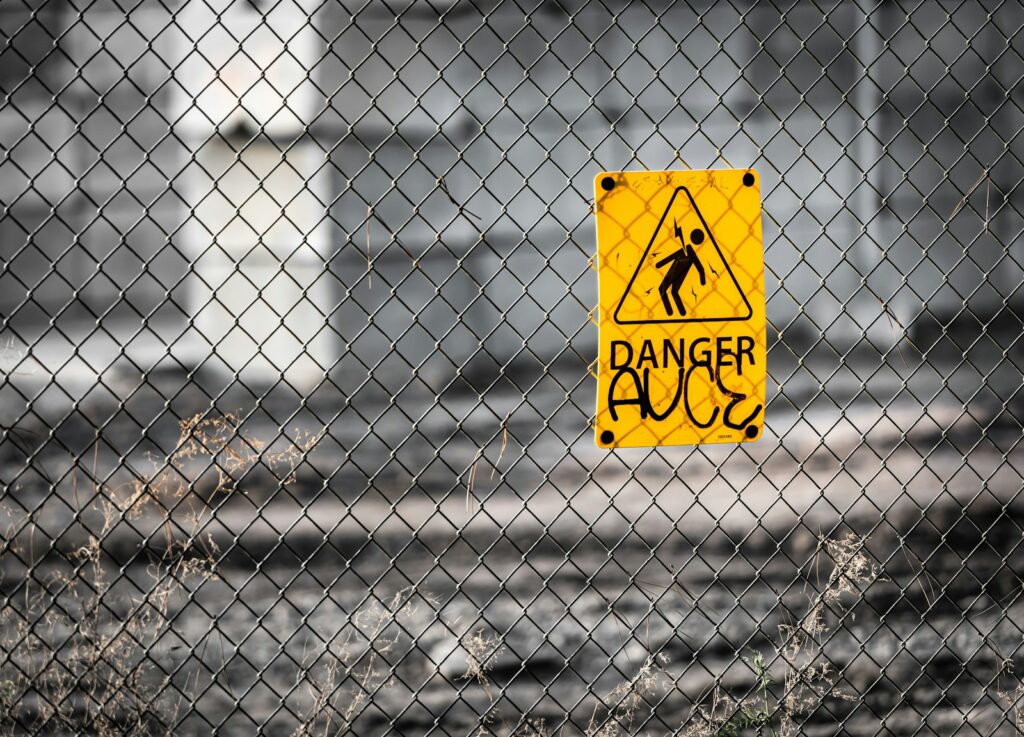Speculative risk is a type of risk that arises from the possibility of an uncertain financial loss or gain. It involves taking a chance on an investment or business opportunity, with the expectation of earning a profit. Speculative risk is different from pure risk, which is the risk of loss or damage without the possibility of gain.

Understanding speculative risk is important for investors and businesses, as it can help them make informed decisions on whether to take on a particular investment or business opportunity. Management of speculative risk involves identifying and assessing the risks involved, and implementing strategies to mitigate or manage those risks. This can include diversifying investments, hedging against potential losses, and monitoring market trends.
The impact of speculative risk can be significant, as it can lead to financial losses and even bankruptcy. However, it can also lead to significant gains and profits. It is important for investors and businesses to carefully balance the potential risks and rewards of speculative investments and opportunities.
Key Takeaways
- Speculative risk is a type of risk that involves taking a chance on an investment or business opportunity with the expectation of earning a profit.
- Management of speculative risk involves identifying and assessing the risks involved, and implementing strategies to mitigate or manage those risks.
- The impact of speculative risk can be significant, and it is important for investors and businesses to carefully balance the potential risks and rewards of speculative investments and opportunities.
Understanding Speculative Risk
Definition and Characteristics
Speculative risk is a type of risk that involves the possibility of losing all or part of an investment due to fluctuations in market prices. Unlike pure risks, which are typically insurable, speculative risks are not insurable since they involve the possibility of earning a profit as well as incurring a loss.
One of the key characteristics of speculative risk is the presence of uncertainty. Since speculative risks are typically associated with investments in assets such as stocks, bonds, and commodities, the value of these assets can fluctuate widely due to a variety of factors such as changes in interest rates, geopolitical events, and changes in supply and demand. As a result, investors face a high degree of uncertainty when investing in such assets, and must be prepared to accept the possibility of incurring a loss.
Types of Speculative Risks
There are several types of speculative risks that investors can encounter. One of the most common types of speculative risk is market risk, which refers to the possibility of incurring a loss due to fluctuations in the overall market. This type of risk is typically associated with investments in stocks and bonds, and can be caused by a variety of factors such as changes in interest rates, inflation, and geopolitical events.
Another type of speculative risk is credit risk, which refers to the possibility of incurring a loss due to the default of a borrower. This type of risk is typically associated with investments in bonds and other debt securities, and can be caused by a variety of factors such as changes in the creditworthiness of the borrower, changes in interest rates, and changes in the overall economic environment.
Finally, investors can also encounter operational risk, which refers to the possibility of incurring a loss due to failures in internal processes, systems, or human error. This type of risk is typically associated with investments in complex financial instruments such as derivatives, and can be caused by a variety of factors such as errors in pricing models, failures in risk management systems, and failures in back-office operations.
Overall, investors must be aware of the different types of speculative risks that they may encounter when investing in various financial instruments. By understanding the characteristics of these risks, investors can better manage their portfolios and make informed investment decisions.
Management of Speculative Risk

Speculative risk is the risk of loss that arises from the uncertainty of returns on investments. It is the risk that investors take on when they engage in activities that have the potential for high returns but also carry a high risk of loss. Managing speculative risk is crucial for investors who want to maximize their returns while minimizing their losses.
Risk Assessment Strategies
One of the most important aspects of managing speculative risk is assessing the risk involved in an investment. This can be done through a variety of methods, including fundamental analysis, technical analysis, and quantitative analysis. Fundamental analysis involves examining the financial health of a company, its management team, and its industry to determine its potential for growth. Technical analysis involves studying past market data to identify trends and patterns that can help predict future market movements. Quantitative analysis involves using mathematical models to analyze market data and predict future market movements.
Mitigation Techniques
Once the risk of an investment has been assessed, investors can take steps to mitigate the risk involved. One way to do this is by diversifying their portfolio. Diversification involves investing in a variety of different assets to spread the risk across different areas. Another way to mitigate risk is by using hedging strategies. Hedging involves taking a position in an asset that is negatively correlated with the investment being hedged, so that losses in one investment are offset by gains in the other.
Investors can also use stop-loss orders to limit their losses. A stop-loss order is an order to sell an investment when it reaches a certain price, which helps limit losses in the event that the investment declines in value. Finally, investors can also use options and other derivative securities to manage their risk. These securities allow investors to take positions in assets without actually owning them, which can help reduce the risk involved in an investment.
In conclusion, managing speculative risk is essential for investors who want to maximize their returns while minimizing their losses. By using risk assessment strategies and mitigation techniques such as diversification, hedging, stop-loss orders, and derivative securities, investors can manage the risk involved in their investments and achieve their financial goals.
Impact of Speculative Risk

Speculative risk is the risk of loss arising from changes in market prices or other economic conditions due to speculative activity. Speculative activity involves buying and selling assets in the hope of profiting from price movements, rather than investing in assets for their intrinsic value. This section will discuss the impact of speculative risk on financial markets and business decisions.
On Financial Markets
Speculative risk can have a significant impact on financial markets. When speculation is high, market prices can become disconnected from their underlying fundamentals, leading to market bubbles and crashes. For example, the dot-com bubble of the late 1990s was fueled by speculation in internet-related stocks, leading to a sharp rise in stock prices that was not supported by the companies’ actual earnings. When the bubble burst, many investors suffered significant losses.
Speculative risk can also lead to increased volatility in financial markets. Speculators may amplify price movements by buying and selling assets in large volumes, leading to sudden price swings that can be difficult to predict or control. This can create uncertainty for investors and businesses, making it harder to plan for the future.
On Business Decisions
Speculative risk can also impact business decisions. When market prices are highly volatile, businesses may find it difficult to make long-term investment decisions. For example, if the price of a key input to a business suddenly rises due to speculation, the business may need to adjust its production plans or find alternative suppliers. This can be costly and time-consuming, and may lead to reduced profitability or even business failure.
At the same time, speculative risk can also create opportunities for businesses. For example, if a business is able to accurately predict changes in market prices due to speculation, it may be able to profit by buying and selling assets at the right time. However, this requires a high degree of skill and expertise, as well as a deep understanding of market dynamics.
In conclusion, speculative risk can have both positive and negative impacts on financial markets and business decisions. While it can create opportunities for profit, it can also lead to market bubbles and crashes, increased volatility, and uncertainty for businesses.
Speculative Risk vs. Pure Risk

Investing in the stock market is one of the most common examples of speculative risk. Speculative risk involves the possibility of loss or gain, and the outcome is uncertain. In contrast, pure risk is a type of risk that only results in loss.
Speculative risk is often associated with investments, while pure risk is associated with insurance. For example, when someone buys a stock, they are speculating that the stock will increase in value, but there is also a chance that the stock will decrease in value. On the other hand, when someone buys insurance, they are protecting themselves against the possibility of loss.
Speculative risk is often taken by individuals who are willing to take on a higher level of risk in order to potentially earn a higher reward. Pure risk, on the other hand, is often taken by individuals who want to protect themselves against the possibility of loss.
In summary, speculative risk involves the possibility of loss or gain, while pure risk only involves the possibility of loss. Speculative risk is often associated with investments, while pure risk is associated with insurance. Investors who are willing to take on a higher level of risk may be more likely to take on speculative risk, while individuals who want to protect themselves against the possibility of loss may be more likely to take on pure risk.
Frequently Asked Questions
What are the main differences between pure and speculative risks?
Pure risks are those that involve only the possibility of loss or no loss, such as the risk of a car accident or a natural disaster. In contrast, speculative risks involve the possibility of both gain and loss, such as investing in the stock market or starting a new business venture.
Can you provide examples of speculative risks in the insurance sector?
Insurance companies often face speculative risks related to changes in interest rates, currency fluctuations, and other economic factors that can affect their investment portfolios. For example, a sudden increase in interest rates can cause the value of a bond portfolio to decline, leading to losses for the insurer.
How does speculative risk impact risk management strategies?
Speculative risk can be difficult to manage because it involves uncertainty and the possibility of both gain and loss. Risk managers may use a variety of strategies to mitigate speculative risk, such as diversifying their investment portfolios, hedging against specific risks, and monitoring market trends and economic indicators.
What types of speculative risks are typically insurable?
Insurers typically focus on insuring pure risks, but they may also offer coverage for certain types of speculative risks, such as losses related to investments or changes in commodity prices. However, insuring speculative risks can be risky for insurers, as these risks are often difficult to predict and may result in large losses.
How does inflation relate to the concepts of pure and speculative risk?
Inflation can have a significant impact on both pure and speculative risks. Inflation erodes the purchasing power of money over time, which can increase the cost of goods and services and reduce the value of investments. This can affect both pure risks, such as the cost of repairing a damaged car, and speculative risks, such as the value of a stock portfolio.
What are some common scenarios that involve speculative risk?
Some common scenarios that involve speculative risk include investing in the stock market, starting a new business, and trading commodities or currencies. These activities involve the possibility of both gain and loss, and the outcome is often uncertain and difficult to predict.

